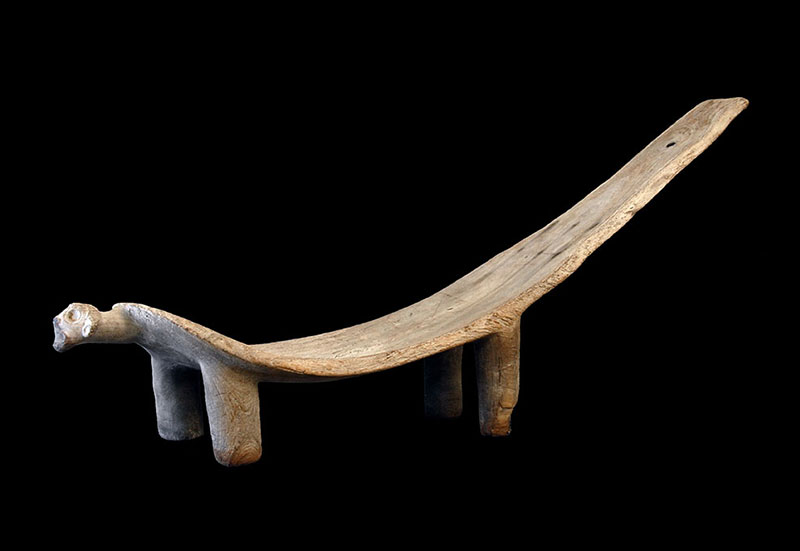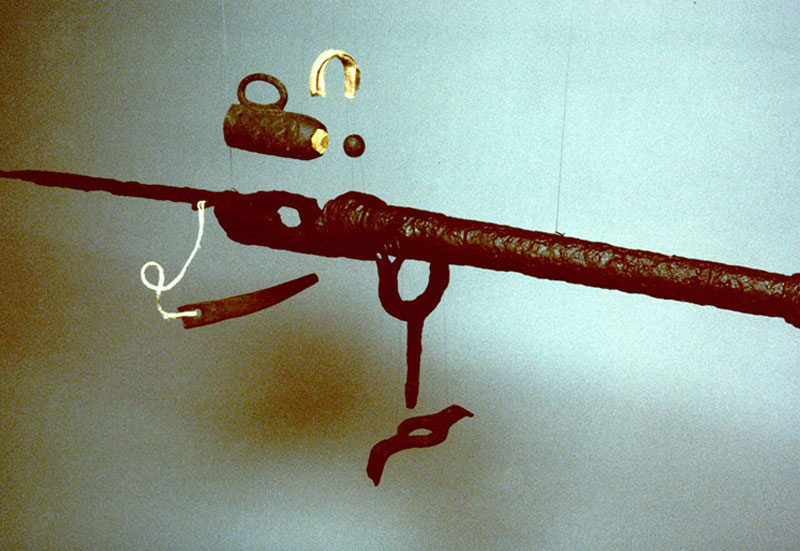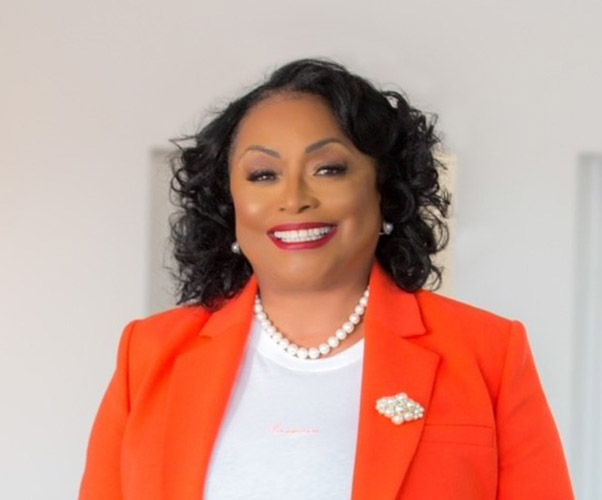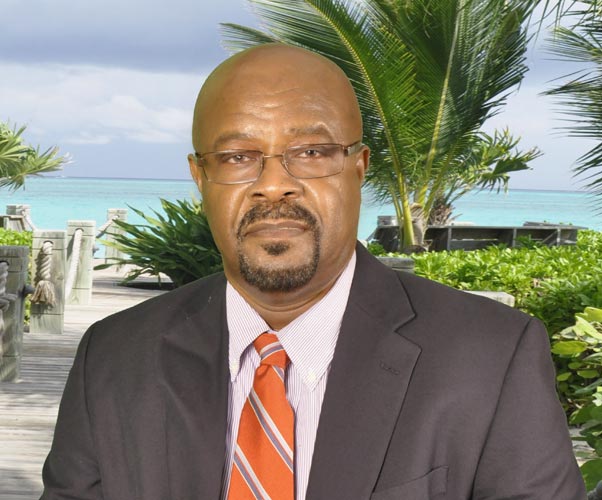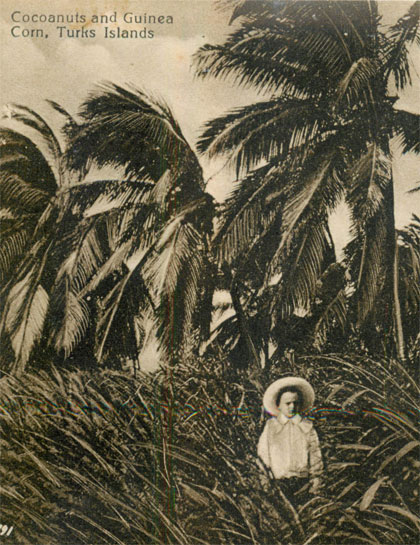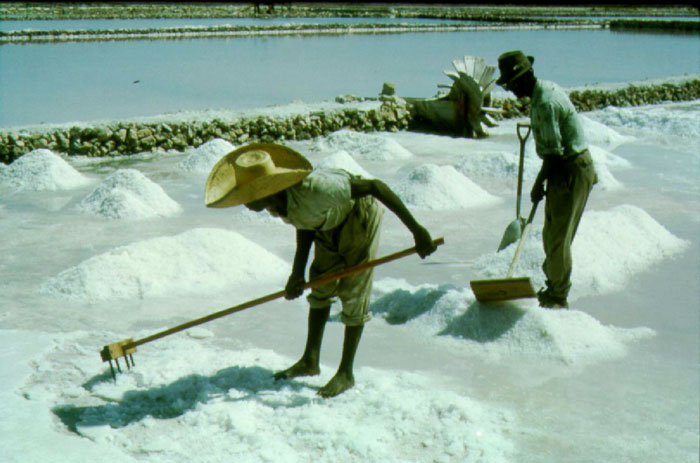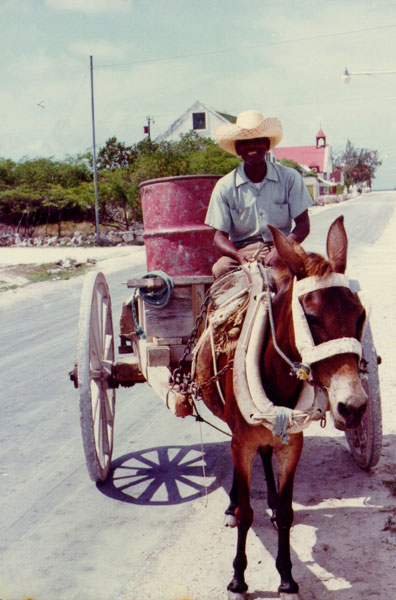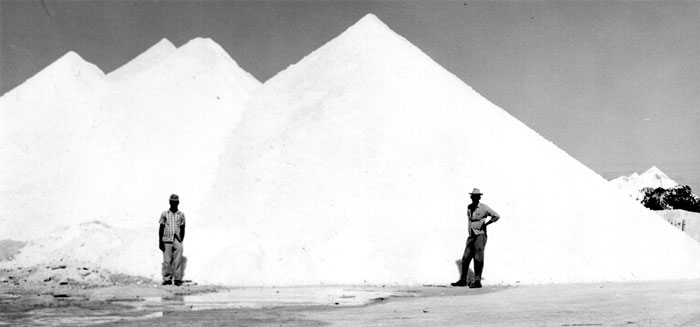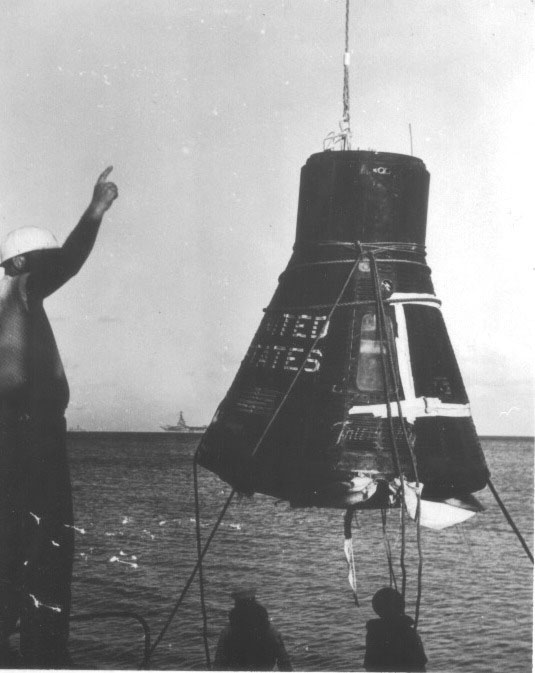Happy Anniversary Friendship 7 – 1962 to 2002
In 2002, the Turks and Caicos Islands had more to celebrate than their position as one of the top 5 diving sites in the World, more to celebrate than the year-round great climate and sandy beaches.
They celebrated the arrival of a visitor who literally came from Outer Space.
Without the Missile Tracking Station on the 6 by 1 mile island of Grand Turk, NASA may never have known that John Glenn was still alive after being the first American to orbit the Earth in 1962. It was from here that the heart rates and positions of the astronauts John Glenn in Friendship 7 and Scott Carpenter in Aurora 7 later that year were monitored. It is an excellent example of how seemingly small places can play big roles in history. A history that still captures imagination all over the World.
To celebrate the 40th anniversary of this momentous occasion – one of the biggest moments of history- the Turks and Caicos Islanders planned a series of events. Many people still remember the day when everyone waited ‘splashdown’. John Glenn liked where he had landed though, just off the coast of the island that forms the capital of this 40-island country at the southeastern end of the Bahamian archipelago.
During John Glenn’s mission the recovery area was nicknamed “Area Hotel” and during his second orbit Glenn reported “This is Friendship 7, checking down in Area Hotel on the weather, and it looks good down that way. Looks like we’ll have no problem on recovery” to which Grissom in Bermuda responded “Very good. We’ll see you in Grand Turk”. After landing and being brought to Grand Turk there were various press releases and in one Robert Voas, Mercury Training Officer, recalled Glenn’s account of returning in “a shooting star”. Glenn, traveling admittedly by rather non-traditional means, was pleased with what he saw during the mission saying “I don’t know what you can say about a day when you see four beautiful sunsets, three in orbit and one on the surface”.
It is true that the sunsets over the islands, especially the green flash that visitors and locals claim to have seen just before the sun descends below the turquoise horizon are truly spectacular. Thanks to technology and good business sense, tourists can see sunsets here without the need of a space rocket of any kind as several major airlines have been quick to invest in this fast-growing popular and un-spoilt destination.
John Glenn stayed in Grand Turk for only three days but even he got a taste of the warm welcome that visitors still enjoy today. When the US Vice President arrived at 4am to take John Glenn home, a large part of the population was waiting for him at the airport and greeted him with great enthusiasm in spite of the early hour. The records state “Of all the receptions which the Vice-President and the astronaut were later to receive, perhaps none would be smaller but certainly none would be warmer or more sincere that that given by the people of Grand Turk on their departure in the early morning of 23 Feb”.
Grand Turk would not be content with only one moment of fame. Months later Scott Carpenter missed his assigned landing spot by 250 miles and ended up right back in Grand Turk, where John Glenn it would seem was only too pleased to join him. This trip proved more controversial because Carpenter had seemed to lose concentration as he re-entered the Earth’s atmosphere. While in Grand Turk people knew he was alive and well thanks to the Tracking Station at Colonel Murray’s Hill (now known by locals as Nookie Hill), the rest of the World, indeed over 65 million TV viewers were left on tenterhooks about his fate for nearly 50 minutes after hearing that the capsule had not landed where intended. While the World’s media began endless debates about his health and state of mind, Scott, alive and well, came to Grand Turk for full medical checks.
Fellow Mercury Astronauts John Glenn, Walter Schirra, Virgil Grissom and Leroy Gordon Cooper, joined Scott Carpenter during his debriefing on Grand Turk: Slayton was in Australia for the flight and was being flown directly to the USA to meet up with the others at Patrick Air Force Base. In fact shortly after his arrival on Grand Turk, just past midnight, Glenn and Schirra greeted Carpenter and then sat talking with him until 3.30 a.m. Carpenter apologized to the World Media and his family about giving them a “cliff hanger”, but this was put down to the fact that Mercury Control, who knew that the craft had landed and Carpenter was alive after only a few minutes, had not told the waiting media.
His landing successfully and “fortuitously” according to the newspaper interrupted a Legislative Assembly meeting and so the Governor, His Excellency Sir Kenneth Blackburne, and members of the meeting were able to meet Scott Carpenter, John Glenn and other members of the astronaut team. In Grand Turk he was soon given a clean bill of health and the World’s media were informed that the astronaut was not tired in fact “quite the opposite”. Scott claimed that the trip did not go to plan as instruments failed and fuel ran out. The astronaut had been forced to control the capsule manually and override systems in order to land safely. A fact that led John Glenn to state later “perhaps difficulty may actually have been a blessing in disguise, because it showed that when he has to a man can take over control of various systems operate manually and still know what he’s doing.” In spite of the public outcry in the United States that Carpenter had been too ill or too tired to land correctly, the examiners in Grand Turk were so pleased with the results of their health checks that they stated, rather prophetically, that they could now consider extending manned Space flights beyond 3 orbits. So it could be said that the information recorded in Grand Turk helped shape the future of Space Travel. Nowadays astronauts prepare themselves to be up in Space for months and years, short flights are just for ‘tourists’.
Only days after his trip Scott Carpenter went spear fishing and diving with John Glenn over the beautifully preserved reefs that surround the Turks and Caicos Islands. Aside from the excitement of the landing, there was more drama when Scott Carpenter rescued another astronaut who nearly drowned while skin-diving. The legacy of the trip left a mark on Grand Turk and the Turks and Caicos, photographs, records and memories that will never be forgotten by the astronauts or the people of these islands.
So drama, controversy and a new world of discovery on the shores of Grand Turk! Sound familiar? – Perhaps like another historic landfall that is widely believed to have taken place on these shores? Unlike the first one in 1492, this landfall 470 years later cannot be contested as it was watched on television sets throughout the world, published in newspapers and magazines across nations and remembered by Turks and Caicos islanders. Rather strangely though the records held at the Turks and Caicos National Museum reveal that the Flight Director for Carpenter’s flight was named “Christopher Columbus Kraft”…Cue Twilight Zone music please.



